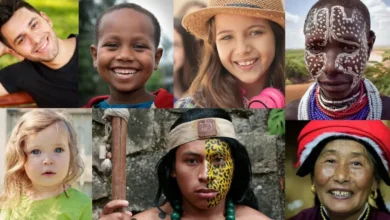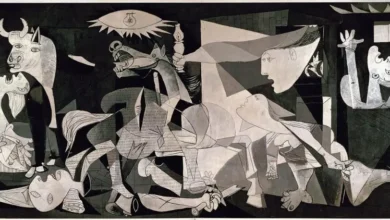How Cuban Culture Contributed to the Global Rise of Salsa Music
Salsa music, a vibrant and globally recognized genre, boasts an infectious rhythm and captivating dance style. While many associate it with various Latin American countries, its roots are firmly planted in Cuban soil.
This article explores the key contributions of Cuban culture to the birth and evolution of salsa, illustrating how its influence permeated through the Caribbean, the Americas, and eventually, the world. We will delve into the musical styles, cultural contexts, and historical events that solidified Cuba’s pivotal role in shaping this iconic genre.
The Rhythmic Foundations: Cuban Musical Styles
Salsa is not a monolithic entity but rather a fusion of several pre-existing Afro-Cuban musical styles. Understanding these foundational rhythms is crucial to appreciating Cuba’s immense impact.
Son: The Heartbeat of Salsa
Son, arguably the most important antecedent, is a complex musical form combining Spanish guitar traditions with African rhythms. It features a call-and-response vocal structure, intricate percussion patterns, and a characteristic bass line.
See also How German Culture Shapes the Global Automotive and Beer Industries
How German Culture Shapes the Global Automotive and Beer IndustriesThe clave, a rhythmic pattern that provides a rhythmic backbone, is intrinsic to son. The use of instruments such as the tres (a Cuban guitar with three courses of strings), bongos, and congas contributed greatly to the sound of early salsa.
The improvisational nature of son is also a significant characteristic inherited by salsa, allowing musicians to weave in intricate melodic and rhythmic variations. Think of son as the foundational brick upon which salsa is built.
Guaracha: Adding Speed and Energy
Guaracha, a faster and more energetic style, also influenced the development of salsa. Known for its witty lyrics, often featuring social commentary, guaracha added an element of speed and vibrancy to the emerging salsa sound. Its lively tempo and rhythmic complexity made it a perfect complement to the more languid son. Guaracha often utilizes fast-paced percussion and call-and-response singing, contributing to the high-energy feel that is a hallmark of salsa.
Mambo and Cha-Cha-Cha: The Danceable Cousins
Mambo and cha-cha-cha, both immensely popular in the mid-20th century, also contributed significantly. Mambo, with its layered brass arrangements and complex percussion, brought a powerful orchestral quality to Cuban music which would later find its way into salsa.
See also How Korean Culture Became a Worldwide Phenomenon K-pop and Beyond
How Korean Culture Became a Worldwide Phenomenon K-pop and BeyondThe cha-cha-cha, with its distinctive syncopated rhythm, influenced the dance steps and rhythmic feel of salsa. These genres not only laid the rhythmic groundwork but also established the social culture of partnered dance that is integral to salsa.
Afro-Cuban Percussion: The Soul of the Sound
At the core of all these styles lies the powerful influence of Afro-Cuban percussion. Instruments like the congas, timbales, bongos, and claves are not just instruments; they are the voice of African heritage in Cuban music. Their complex interwoven patterns create the polyrhythmic fabric that makes Cuban music so dynamic and compelling. The intricate layering of these percussion instruments, a direct inheritance from African musical traditions, is the driving force behind salsa’s vibrant and engaging sound.
The Cultural Melting Pot: Havana’s Influence
Beyond the musical styles, the very culture of Havana, Cuba’s vibrant capital, played an instrumental role in shaping salsa. Havana, a crossroads of cultures, served as a crucible where European, African, and Indigenous influences blended.
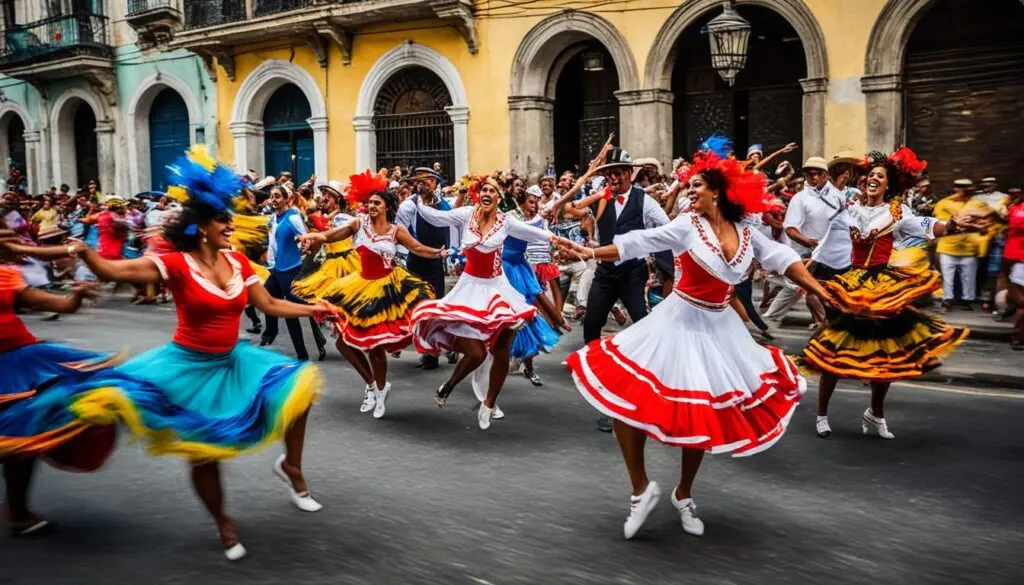
The Social and Cultural Environment
Havana’s lively nightlife, fueled by music and dance, created a fertile ground for musical innovation. The dance halls and social clubs became laboratories where musicians experimented with rhythms and melodies.
The interaction between different social classes and ethnic groups in these environments facilitated a unique cross-pollination of ideas. This collaborative spirit is crucial to understanding why Cuban music evolved so rapidly, constantly incorporating new influences and reflecting the complex social fabric of the island.
The Role of the “Solares”
The “solares,” or tenement houses, were also important cultural hubs, often bustling with music and dance. The communal living within these spaces fostered close-knit communities where music was an everyday activity.
The music created within these close quarters, characterized by spontaneity and improvisation, played a vital role in shaping the unique Cuban sound. In these environments, rhythms and melodies were exchanged and refined through continuous interaction, enriching the evolving musical styles.
The Impact of the African Diaspora
The legacy of the African diaspora, deeply embedded within Cuban culture, is paramount to understanding the rhythmic complexity of salsa. The strong presence of Yoruba and other West African traditions in Cuban culture led to the rich polyrhythmic structures, call-and-response singing, and dance styles that are central to the genre.
These traditions were passed down through generations, imbuing Cuban music with a dynamism and spiritual depth. This cultural heritage is arguably the soul of the music, adding layers of meaning and complexity that go beyond mere entertainment.
The Spread of Cuban Music: Migration and Diaspora
While Cuba was the birthplace, the spread of salsa across the globe is intricately linked to the migration patterns and diaspora of Cuban communities.
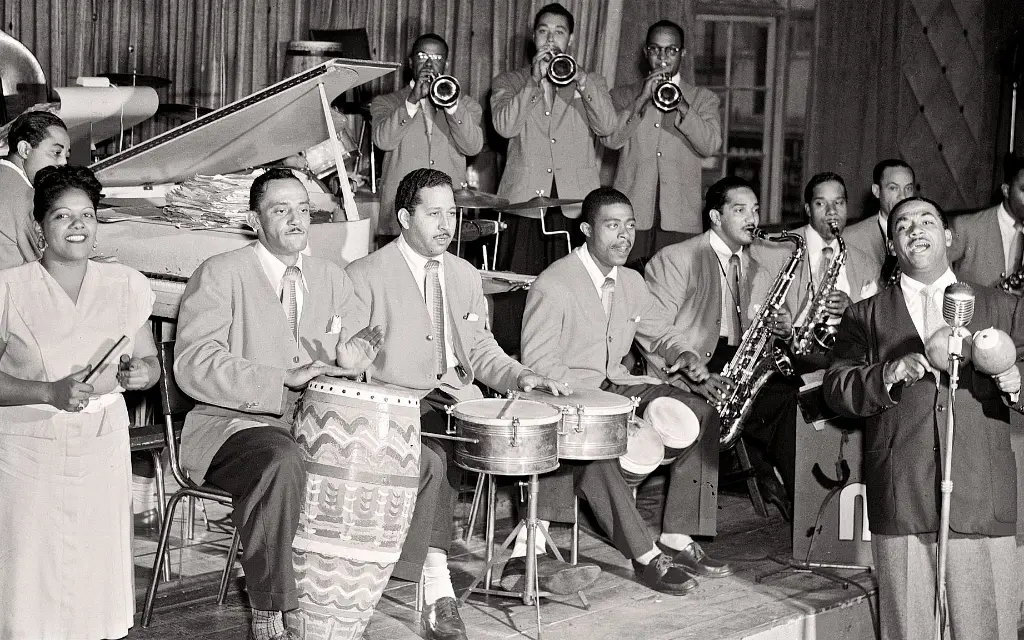
Cuban Musicians in New York City
Following the Cuban Revolution in 1959, many Cuban musicians immigrated to the United States, particularly to New York City. In the melting pot of the city, these artists collaborated with other Latin American musicians, bringing their unique rhythms and musical knowledge.
This intermingling led to the fusion of Cuban music with Puerto Rican and other Caribbean sounds, resulting in what we now know as salsa. Places like the Palladium Ballroom became hotspots where these musical interactions took place.
The Birth of Salsa: A Pan-Latin American Creation
In the 1960s and 70s, the term “salsa” began to be used to describe this new, dynamic style of music. This term didn’t refer to just one single musical form but instead encompassed the diverse range of sounds that had developed, largely rooted in Cuban music.
The music became a powerful symbol of Latin American identity and cultural pride. It was not solely Cuban anymore, but a shared expression of Latino experience in the US. While the core foundations remained Cuban, the music grew into a diverse and dynamic reflection of Latin American experiences.
Global Reach: Salsa Conquers the World
As salsa gained popularity in New York City, it quickly spread to other parts of the United States, Latin America, and eventually, across the globe. The vibrant rhythm and engaging dance style resonated with people from all walks of life.
Salsa’s global appeal can be attributed to its infectious energy, its blend of familiar and exotic elements, and its power to foster a sense of community and celebration. Through radio, recordings, and increasingly global travel, salsa became a worldwide phenomenon, solidifying Cuba’s key role as the source of this culturally significant music.
Key Cuban Musicians and Their Contributions
To understand the full extent of Cuba’s influence, it’s crucial to acknowledge the pioneering Cuban musicians whose genius helped pave the way for salsa.
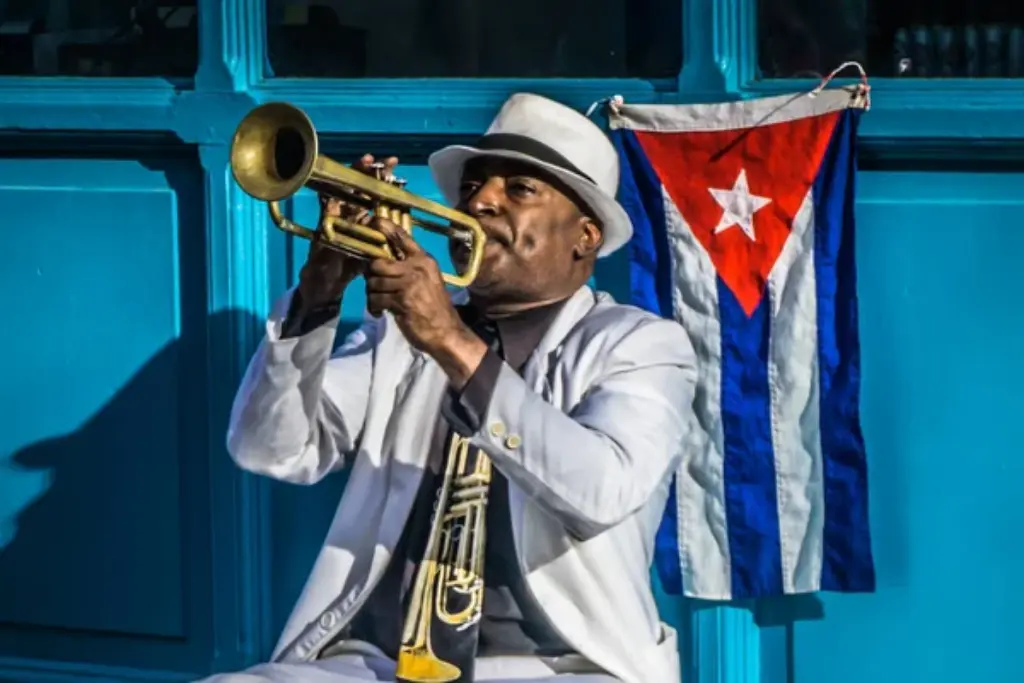
Arsenio Rodríguez: The “Blind Marvel”
Arsenio Rodríguez, often called the “Blind Marvel” was a visionary bandleader and composer who is often considered the father of modern son and a direct influence on salsa. His innovative use of the piano, his re-arrangements of the conjunto format and his emphasis on improvisation laid the groundwork for the musical innovations that would become hallmarks of salsa. His integration of Afro-Cuban rhythms and his use of a trumpet-led horn section pushed the boundaries of son and directly influenced the sound of later salsa ensembles.
Benny Moré: The “Bárbaro del Ritmo”
Benny Moré, known as “El Bárbaro del Ritmo” (The Master of Rhythm), was a charismatic vocalist and bandleader. Moré blended various styles into a unique sound that was both sophisticated and profoundly Cuban. His unique singing style, marked by improvisation and a soulful delivery, influenced generations of salsa singers.
His dynamic performance style and innovative arrangements contributed immensely to the rhythmic complexity that salsa would adopt. He was one of the key figures who transitioned traditional Cuban rhythms into the more dynamic and complex sounds that would later be known as salsa.
Celia Cruz: The “Queen of Salsa”

While she became a global icon of salsa in exile, Celia Cruz started her career in Cuba. Her powerful voice, vibrant stage presence, and immense talent, took the sounds that started in Cuba to an international stage.
Her collaboration with other musicians and her recordings cemented her status as a legend and further popularized the salsa sound around the world. Her career highlights the journey of how the rhythms and traditions born in Cuba were transformed, refined and shared globally.
Other Notable Cuban Musicians
Many other Cuban musicians and bands made a significant contribution, too numerous to list, however, to name a few include, Machito, Tito Puente (though Puerto Rican, his music was heavily influenced by the Cuban sound), and Orquesta Aragón, all significantly shaped salsa. Their contributions laid a rich foundation for the artists of the salsa era to build upon. They continued to expand the rhythmic possibilities of Cuban music.
Conclusion: A Legacy of Rhythm and Cultural Fusion
In conclusion, the global rise of salsa music is inextricably linked to the rich musical heritage and vibrant cultural landscape of Cuba. From the rhythmic foundations of son, guaracha, and the contributions of Afro-Cuban percussion to the influential cultural atmosphere of Havana, Cuba is the origin of most of the building blocks of salsa. The migration and collaboration of Cuban musicians, particularly in New York City, led to a fusion of different styles and the birth of what we now know as salsa.
Although salsa has evolved and become more diverse, its foundation is firmly rooted in Cuba. Through the genius of artists like Arsenio Rodríguez, Benny Moré, and Celia Cruz, the world has been introduced to the irresistible rhythms and infectious energy of Cuban music. Salsa’s global journey continues to be a testament to Cuba’s significant impact on world music.
The influence of Cuban culture extends beyond just the notes and melodies. It’s a story of cultural exchange, migration, and a shared Latin American experience. Salsa’s enduring popularity is a reflection of the lasting impact of Cuba’s musical traditions and its contribution to the global musical tapestry. The vibrant beats, the soulful vocals, and the intricate rhythms of salsa serve as a living legacy of Cuba’s profound musical gifts to the world.


